Cats are known for their independence and distinct personalities, making them both fascinating and sometimes challenging pets to train. Understanding your cat’s behavior is crucial before teaching them any tricks. Recognize that every cat is different; some may be more eager to learn, while others may take time to warm up to new activities. Pay attention to their body language and reactions to gauge their interest and comfort levels as you embark on this learning journey together.
The Benefits of Teaching Tricks
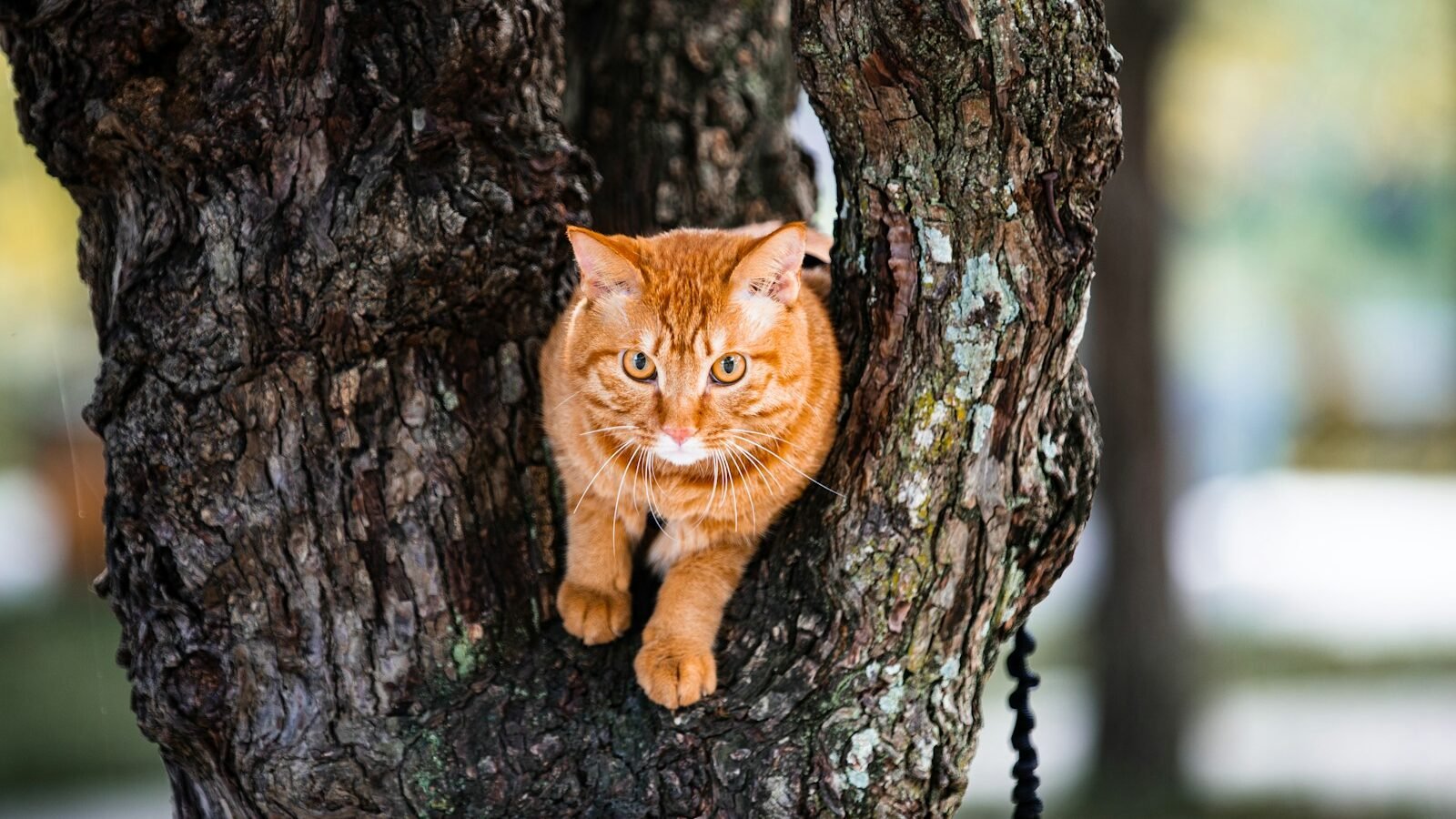
Photo by Xingchen Yan via Pexels
Training cats to perform tricks can have numerous benefits for both you and your feline friend. It can help strengthen your bond, provide mental stimulation, and encourage physical activity. Training can also prevent boredom and alleviate behavioral issues by redirecting energy into positive activities. Furthermore, successfully teaching tricks can be a source of pride and fun for both the owner and the pet.
Choosing the Right Tricks
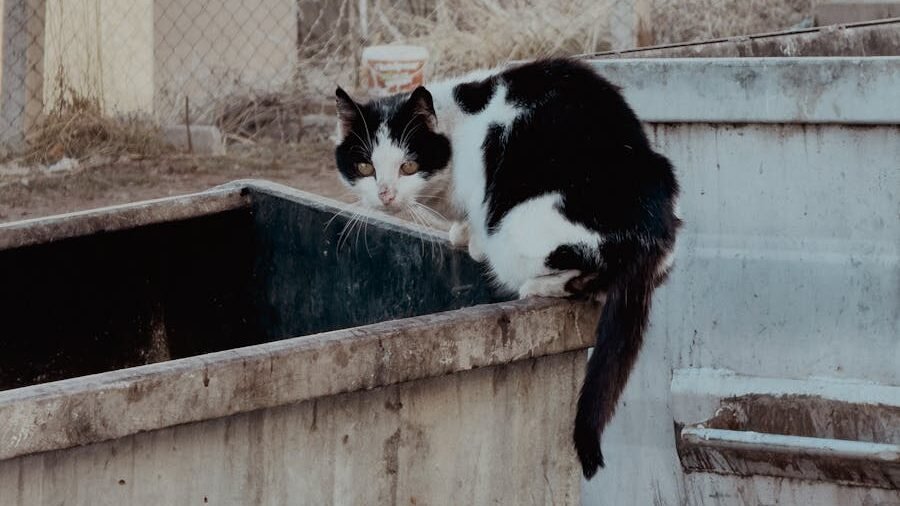
Begin by selecting tricks that suit your cat’s personality and physical abilities. Simple behaviors such as shaking hands, sitting, or high-fiving can be ideal starting points. As your cat becomes more comfortable with training, you can gradually introduce more complex tricks such as jumping through hoops or ring bells. The key is to make sure the trick is both fun and achievable to keep your cat engaged.
Essential Training Tools

Photo by Mikhail Nilov via Pexels
Using the right tools can significantly aid in the process of teaching your cat tricks. Clicker training is a popular method that involves using a small device that makes a clicking sound to mark desirable behavior. Pair the clicker with treats to reinforce positive actions. Having a variety of treats on hand will help maintain your cat’s interest. You might also need toys, target sticks, or other props depending on the tricks you aim to teach.
Setting the Training Environment

The environment where you conduct your training sessions plays a vital role in their success. Choose a quiet, distraction-free space in your home where your cat feels comfortable and safe. Consistency is key, so try to use the same area for each training session. Keep sessions short and frequent, around 5-10 minutes, as cats have shorter attention spans compared to dogs.
Using Positive Reinforcement
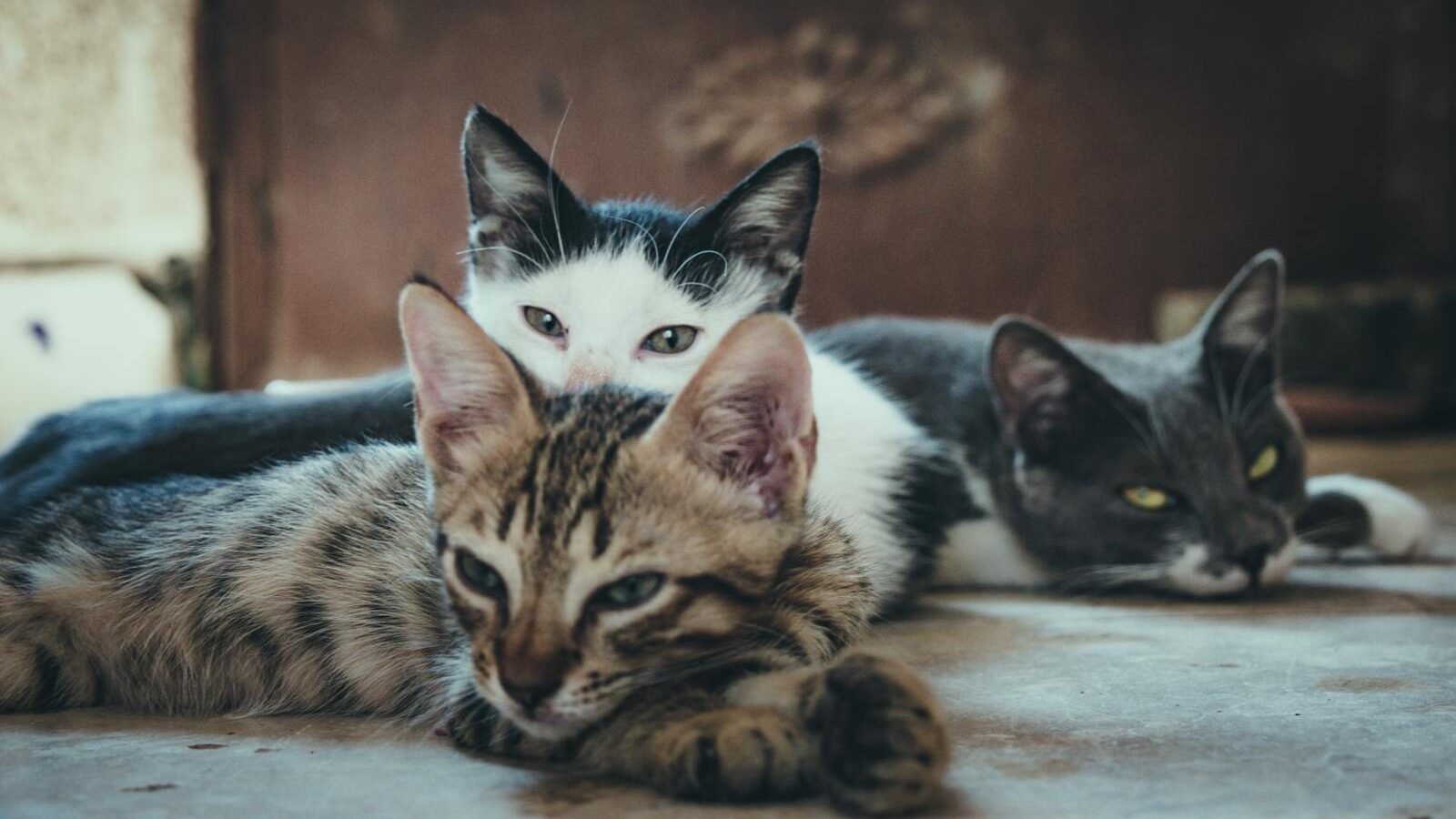
Photo by Mustafa ezz via Pexels
Cats respond well to positive reinforcement, which helps strengthen the association between performing a trick and receiving a reward. Praise, affection, and food rewards are all effective incentives. It’s important to reward your cat immediately after they perform the desired behavior so that they clearly understand which action was correct. Avoid using punishment or negative reinforcement as it can damage trust and deter your cat from participating.
Adapting to Your Cat’s Learning Pace
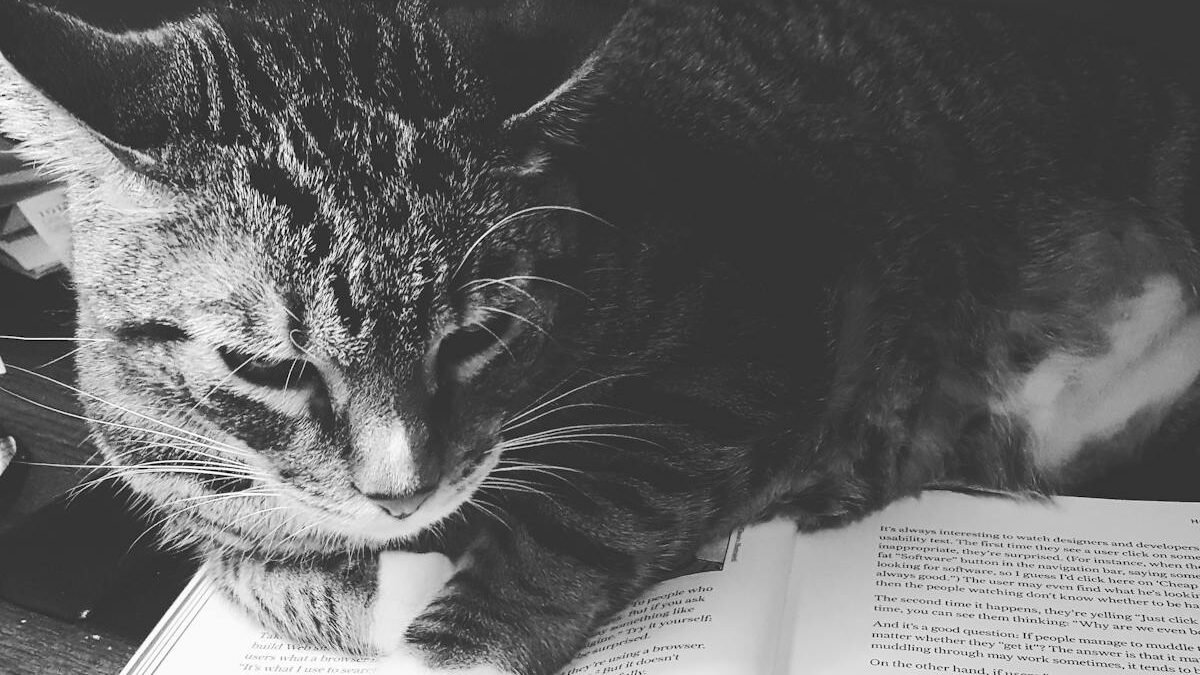
Every cat learns at their own pace, so patience and persistence are essential. Observe your cat’s cues and adapt the training to their comfort level. If you notice signs of frustration or disinterest, take a break and return to the training later. Gradually build on their successes by increasing the difficulty of the tasks. Remember, progress might be slow, but with perseverance, improvement will come.
Common Challenges and Solutions

Photo by Ayelt van Veen via Pexels
Training cats can sometimes bring about challenges. If your cat loses interest, try using different treats or toys to regain their attention. Some cats may exhibit stubbornness, and in these cases, a consistent training routine can help. If a particular trick seems beyond your cat’s current skills, reassess and break it down into smaller, more manageable steps.
Customizing Tricks to Your Cat’s Abilities
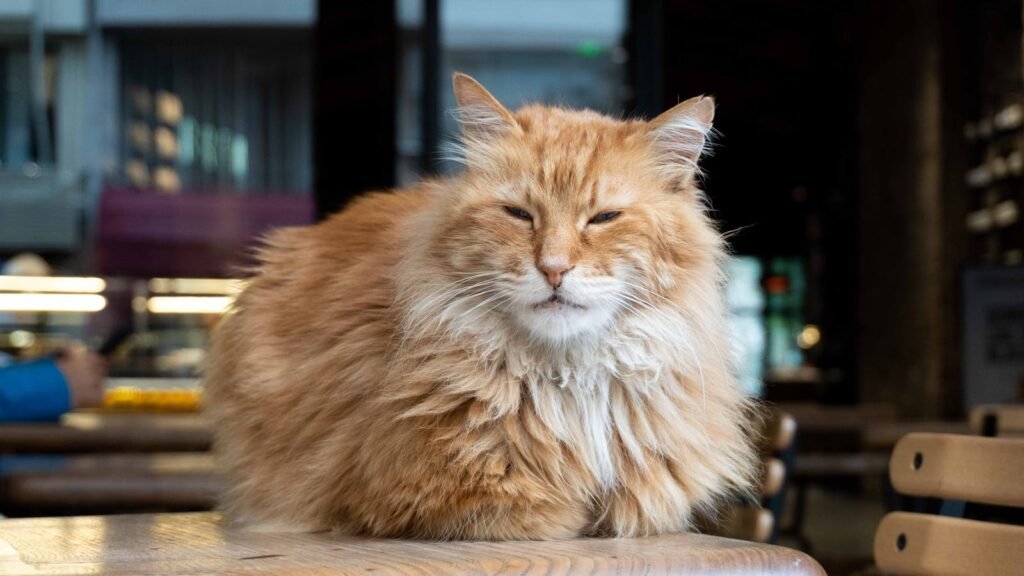
Not all cats are the same; age, physical capability, and temperament can greatly impact the choice of tricks. For older cats or those with physical limitations, opt for gentler tricks that don’t require high energy. In contrast, if your cat is particularly active and agile, they might enjoy more dynamic tricks. Tailoring the tricks to fit your cat’s unique characteristics will ensure a more enjoyable and successful training experience.
Celebrating Success and Continuing Education

Photo by Lina Kivaka via Pexels
Celebrating each small success is vital in maintaining a positive and enthusiastic training environment. Acknowledge your cat’s achievements with extra praise or a favorite treat. Once basic tricks have been mastered, continue to introduce new and exciting challenges to keep your cat mentally stimulated. Continuous learning can turn a simple training routine into a lifelong bond-enhancing activity.

With over a decade of experience as a dedicated cat lover and enthusiast, I specialize in writing captivating content about all things feline. My expertise shines through in creating engaging and informative pieces that resonate with fellow cat lovers. As a proud cat parent to my beloved Duston, my personal connection to the world of cats adds authenticity and warmth to my work, making it relatable and heartfelt.






